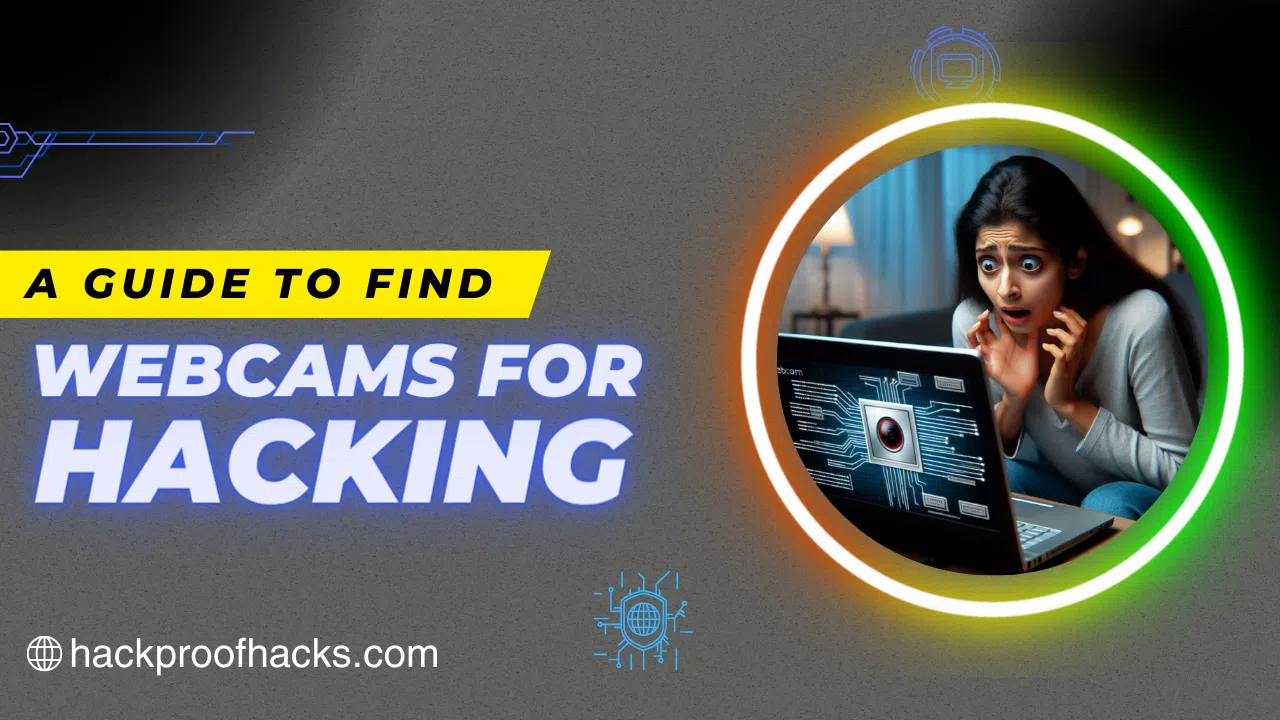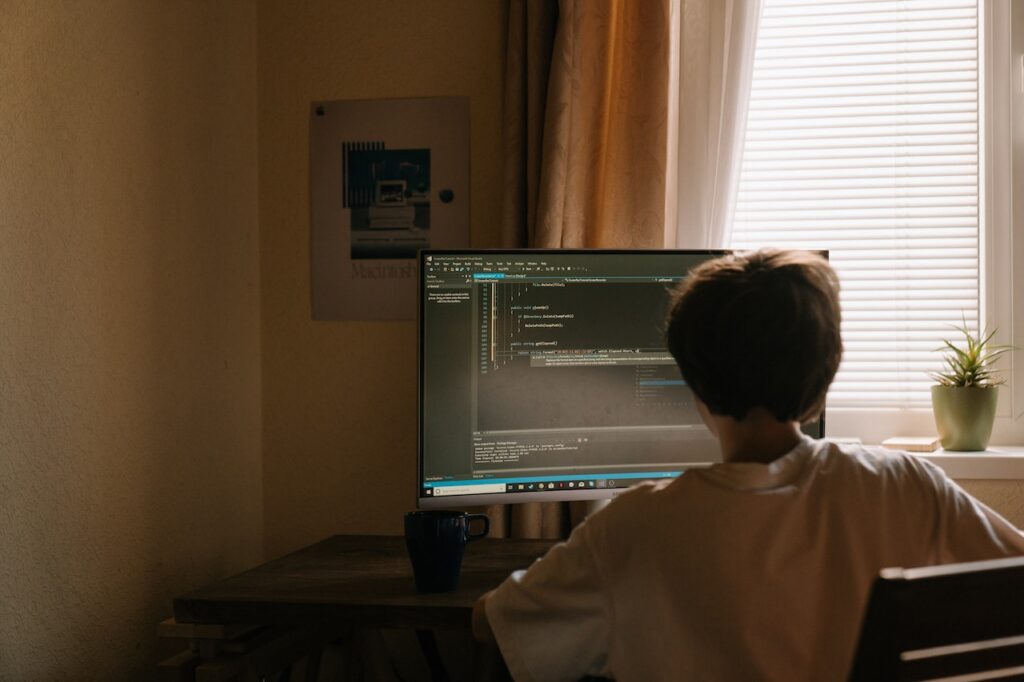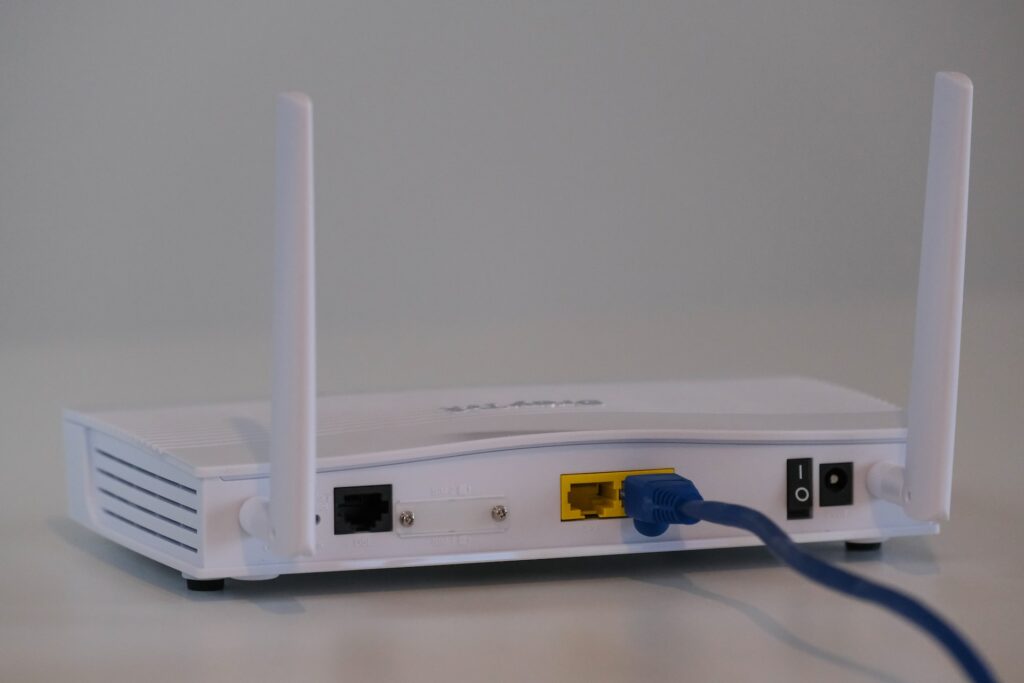
Introduction
Hey there!
In today’s interconnected world, webcams have become a staple in our lives, serving various purposes from video calls to home security.
But did you know that these handy devices can also be vulnerable to hacking? Yep, it’s true.
And one of the tools hackers use to find vulnerable webcams is called Shodan.
But Don’t get panic! I’ve got you covered with everything you need to know to keep your privacy intact.
Table of Contents
Why your Webcam can be hacked?
Alright, let’s get into it. When we talk about webcam security threats, it’s like opening a box full of risks. Hackers have lots of tricks to mess with your webcam.
- Default credentials. So, what makes webcams easy targets for hackers? Well, one big reason is default settings. Lots of webcams come with default usernames and passwords that people forget to change. And you know what? Hackers love it when that happens. It’s like leaving the front door wide open for them.
- Firmware vulnerabilities. That’s when something’s not right with your webcam’s software. It’s like leaving a back door open for hackers to sneak in and take control of your device from far away. Scary stuff, right?
- Malware attacks. Imagine sneaky programs slipping into your webcam’s software, giving hackers a front-row seat to all your personal stuff. They can spy on you, steal your secrets, or even take control of your webcam to do who knows what.
So, yeah, it’s a complex world out there, with hackers using all sorts of tricks to mess with your webcam. But don’t worry, knowledge is power. Now that you know what you’re up against, you can take steps to protect yourself and keep those sneaky hackers away.
The Role of Shodan in Cybersecurity
Let me explain Shodan to you. It’s a tool that both black hat hackers and white hat hackers use in the world of online safety.
Here’s the deal: Shodan searches the internet for all kinds of gadgets and services. It’s like taking a peek into what’s connected to the internet worldwide.
Now, when it comes to webcams, Shodan is good at finding the ones that aren’t protected well. It spots devices with weak security, passwords that haven’t been changed, or software that’s way too old.
And that’s bad news because it basically tells hackers, “Come and mess with me!”
Pretty scary, huh?
How Hackers Use Shodan to Search for Vulnerable Webcams?
Now, let’s talk about Shodan. Think of it as Google’s evil twin.
While Google helps you find websites, Shodan helps hackers find internet-connected devices like webcams.
Scary, right?
But here’s the kicker: hackers can use Shodan to search for specific devices based on criteria like location, manufacturer, or even open ports.
Step-by-Step Guide: Finding Vulnerable Webcams Using Shodan
1. Sign Up for Shodan: First things first, create an account on Shodan’s website. It’s like getting a ticket to the dark side of the internet.

2. Access the Search Interface: Once you’re logged in, head over to the search interface. This is where the magic happens.
3. Enter Your Query: Now, enter a search query like “webcam” or “IP camera” into the search bar. This tells Shodan what you’re looking for. Want to Know about the Queries of Shodan?
I have explained that in the next section.

4. Refine Your Search: Use filters like location, port number, or manufacturer to narrow down your results. The more specific you are, the better.
5. Identify Vulnerabilities: Look for webcams with default credentials or outdated firmware. These are like low-hanging fruit for hackers.

6. Assess Exploitation Potential: Check for open ports or known vulnerabilities that hackers could exploit. It’s like playing detective but with cybersecurity.
7. Take Ethical Action: If you find vulnerable webcams, consider notifying the owners or administrators. It’s the right thing to do.
8. Stay Responsible: Remember to act ethically and responsibly in your research. We’re all in this together.
Search Queries of Shodan
By following these steps and using specific search queries, you can effectively use Shodan to discover vulnerable webcams and take appropriate action:
- webcam: Returns general webcam devices.
- port:554 has_screenshot:true: Finds webcams with port 554 (RTSP) open and screenshots available.
- default password: Searches for devices with default login credentials.
- manufacturer:”Brand”: Filters results by specific webcam manufacturers.
Securing Your Webcam: Best Practices
Okay, now that you know how hackers can find vulnerable webcams, let’s talk about how to protect yours. Here are some best practices to keep your webcam secure:
- Change Default Credentials: The first thing you should do is change the default username and password on your webcam. Make it something strong and unique that only you know.
- Update Firmware Frequently: In order to fix security flaws, manufacturers frequently publish firmware updates. Make sure to check for updates regularly and apply them as soon as they’re available.
- Enable Two-Factor Authentication (2FA): If your webcam supports 2FA, enable it. This adds an extra layer of security by requiring two forms of authentication to access your device.
- Cover Your Webcam When Not in Use: When you’re not using your webcam, cover the lens with a physical webcam cover or tape. This prevents hackers from spying on you, even if they manage to access your webcam remotely.
- Use Secure Networks: Avoid connecting your webcam to public Wi-Fi networks, as they’re more susceptible to hacking. Instead, use a secure, password-protected Wi-Fi network to minimize the risk of unauthorized access.
For more information about improving webcam security, read this article by Microsoft.
Real-World Examples
Now, let’s take a look at some real-world examples of webcam hacking. These stories are like cautionary tales, reminding us of the importance of cybersecurity:
- School Webcam Hack: In one case, hackers gained access to a school’s webcams and live-streamed footage from inside classrooms. It was a major privacy breach that raised serious concerns about webcam security.
- Home Surveillance System Compromised: In another instance, a family’s home surveillance system was hacked, allowing cybercriminals to spy on them and even communicate through the camera. It was a chilling reminder of how vulnerable our personal devices can be.
Conclusion: Taking Control of Your Privacy
In conclusion, webcams are incredibly useful devices, but they’re not without their risks. By understanding how hackers use tools like Shodan to find vulnerable webcams, and following best practices to secure your own, you can take control of your privacy and stay one step ahead of cyber threats.
So, next time you’re video chatting with friends or keeping an eye on your home, remember to stay vigilant and keep your webcam secure. After all, your privacy is worth protecting. Explore more cybersecurity tips in our article on 7 Cybersecurity Tips to Keep Your Digital Life Safe and Secure.
Stay safe out there!
FAQs (Frequently Asked Questions)
- 1. What is webcam hacking, and how does it happen?
Webcam hacking refers to unauthorized access to someone’s webcam to spy on them or capture footage without their consent. It can happen when hackers exploit vulnerabilities in webcam software or gain access to the device’s default credentials. - How can I tell if my webcam has been hacked? Signs that your webcam may have been hacked include unexpected LED activity, strange noises coming from your computer, or unauthorized access to your webcam settings. Additionally, if you notice files or footage being accessed or shared without your permission, it could indicate a hack.
- What steps can I take to prevent webcam hacking? To prevent webcam hacking, you can start by updating your webcam’s firmware regularly, using strong and unique passwords, and enabling two-factor authentication if available. Additionally, covering your webcam lens when not in use and avoiding suspicious links or downloads can help mitigate the risk.
- How does Shodan search engine relate to webcam hacking? Shodan is a search engine that scans the internet for connected devices, including webcams. Hackers can use Shodan to identify vulnerable webcams with default credentials or outdated firmware, making it easier for them to exploit security weaknesses.
- What should I do if I suspect my webcam has been hacked? If you suspect your webcam has been hacked, immediately disconnect it from your computer and run a comprehensive antivirus scan. Change all passwords associated with your webcam and other accounts, and consider reaching out to a cybersecurity professional for further assistance.
- Are there any legal implications to hacking webcams? Yes, hacking webcams without authorization is illegal and punishable by law. It violates privacy laws and can lead to criminal charges, fines, and even imprisonment. It’s essential to respect others’ privacy and use technology responsibly.
- Can I use Shodan to check the security of my own webcam? Yes, you can use Shodan to search for your own webcam and assess its security posture. By identifying any vulnerabilities, such as open ports or outdated firmware, you can take proactive steps to secure your device and protect your privacy.
- What should I do if I find a vulnerable webcam using Shodan? If you discover a vulnerable webcam using Shodan, consider notifying the owner or administrator of the device. Ethical disclosure of security vulnerabilities can help prevent unauthorized access and improve overall cybersecurity for everyone.
.




